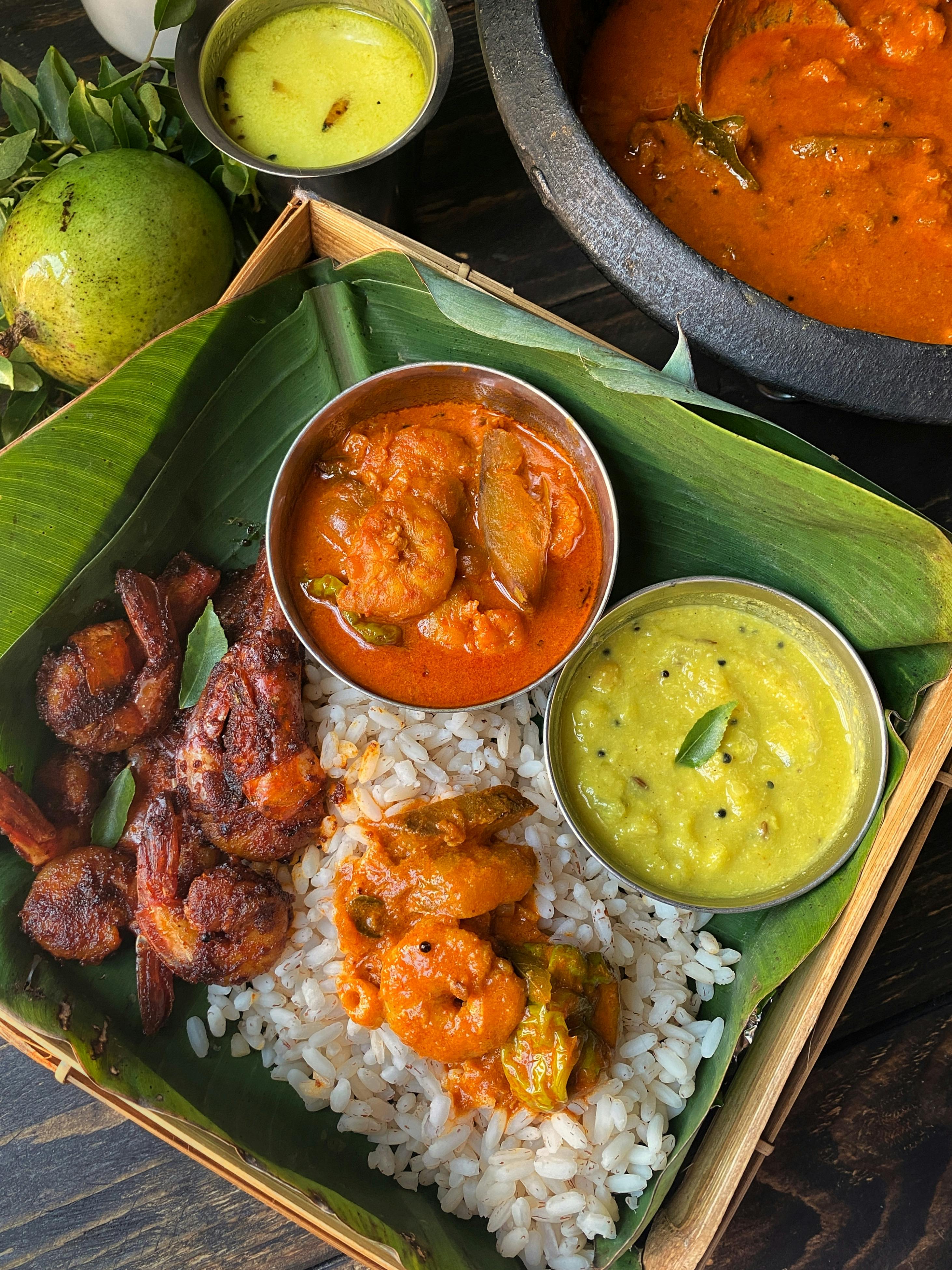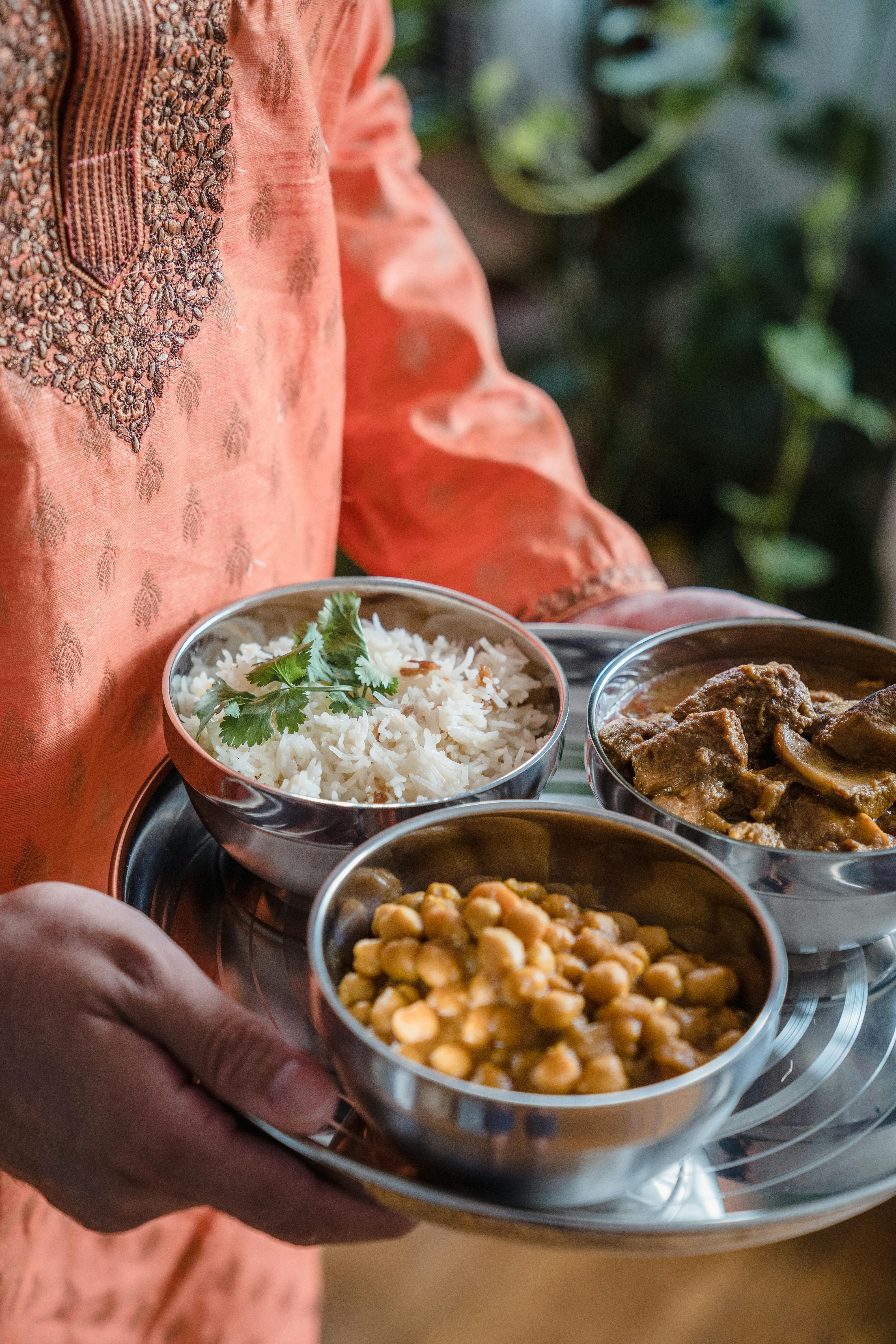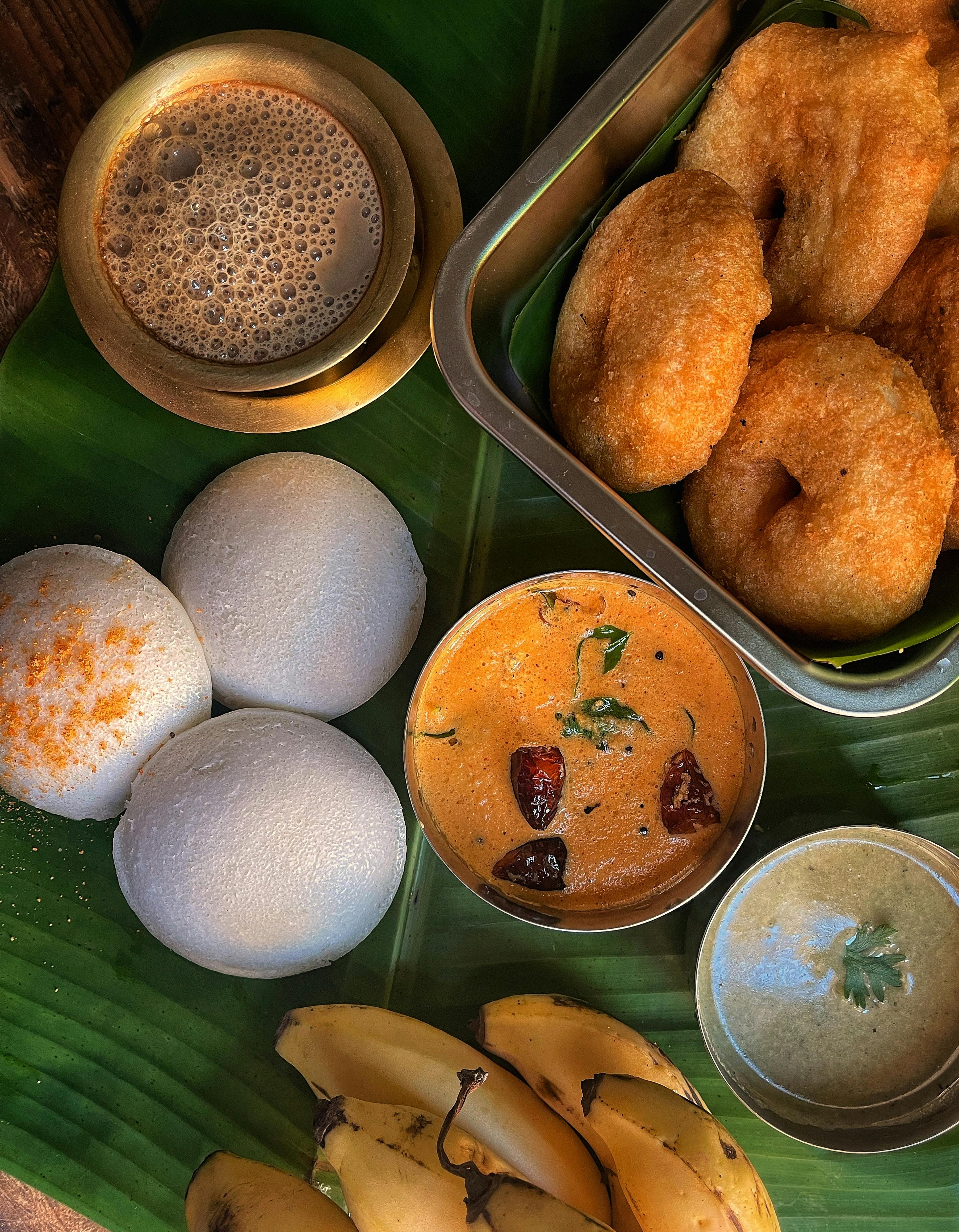
East Meets West: The Unique Coastal Cuisines of India
India’s vast coastline—stretching over 4,600 miles from Gujarat in the west, around the southern tip, and up to West Bengal in the east—has given rise to some of the country’s most distinctive and flavorful culinary traditions. These coastal cuisines offer a fascinating contrast to the more internationally familiar North Indian dishes, showcasing seafood preparations, coconut-infused curries, tangy flavors, and unique spice combinations that reflect both geographical bounty and historical influences.
For food enthusiasts who have already explored the basics of Indian cuisine, these coastal traditions represent a new frontier of flavors—where Portuguese colonizers left their mark on Goan vindaloo, where Bengali cooks perfected the art of fish preparation, and where Kerala’s spice trade created one of the world’s most sophisticated seafood cuisines. This exploration takes you on a journey along India’s coastline, examining how geography, history, and culture have shaped these distinctive culinary traditions.
Geographical Influences on Coastal Cuisines
The geography of India’s coastline has profoundly shaped the development of regional cuisines, with each area’s unique landscape and climate determining available ingredients and cooking methods.
The Western Coast: Arabian Sea Influences
India’s western coastline faces the Arabian Sea and includes the states of Gujarat, Maharashtra, Goa, Karnataka, and Kerala. This coast is characterized by:
- The Western Ghats: This mountain range runs parallel to the coast, creating distinct climate zones and serving as the source of numerous rivers that flow westward into the Arabian Sea
- Coconut belt: Especially in the southern regions (Kerala, coastal Karnataka, and Goa), coconut palms thrive, making coconut a fundamental ingredient in these cuisines
- Spice cultivation: The slopes of the Western Ghats provide ideal conditions for growing spices like black pepper, cardamom, and cinnamon, which feature prominently in western coastal cooking
- Rich marine life: The Arabian Sea provides a diverse array of fish and seafood, including pomfret, kingfish, mackerel, sardines, and prawns
These geographical features have led to cuisines that emphasize seafood, coconut, and complex spice blends, with variations reflecting local conditions and historical influences.
The Eastern Coast: Bay of Bengal Influences
India’s eastern coastline faces the Bay of Bengal and includes the states of West Bengal, Odisha, Andhra Pradesh, and Tamil Nadu. This coast is characterized by:
- Major river deltas: The Ganges-Brahmaputra delta in Bengal and other river systems create fertile agricultural lands and diverse aquatic ecosystems
- Rice cultivation: The abundant water and fertile soil make the eastern coast India’s rice bowl, with rice serving as the staple grain throughout the region
- Different fish varieties: The Bay of Bengal offers different species than the Arabian Sea, including hilsa (Bengal’s prized fish), rohu, and catfish
- Tropical cyclone vulnerability: The eastern coast experiences more frequent tropical cyclones, which has historically influenced food preservation techniques
These factors have contributed to cuisines that feature rice, freshwater and saltwater fish, and distinctive preservation methods, with mustard oil often replacing coconut oil as the cooking medium in the northeast.
Seafood Traditions and Techniques
India’s coastal regions have developed sophisticated approaches to seafood preparation, with each area showcasing distinctive techniques and flavor profiles.
Kerala’s Seafood Mastery
Kerala, often called “God’s Own Country,” boasts perhaps India’s most developed seafood cuisine:
- Meen Curry (Fish Curry): The iconic Kerala fish curry features a base of coconut milk, kudampuli (a souring agent), and a distinctive spice blend including fenugreek, mustard seeds, and curry leaves
- Meen Pollichathu: Fish marinated in spices, wrapped in banana leaves, and slow-cooked—a technique that steams the fish while infusing it with flavor
- Prawn/Shrimp preparations: From simple stir-fries with coconut and curry leaves to complex curries with raw mango or kokum for sourness
- Preservation techniques: Traditional methods include drying fish with salt (karimeen pollichathu) and pickling fish in spices and vinegar
Kerala’s seafood cuisine reflects the state’s abundant coastline, backwaters, and rivers, with preparations that highlight the natural flavors of fresh seafood while complementing them with complex spice combinations.
Goan Seafood Traditions
Goa’s seafood cuisine represents a unique fusion of indigenous Konkani traditions and Portuguese colonial influences:
- Fish Curry Rice: The everyday staple featuring a tangy, spicy curry made with kokum, tamarind, or vinegar for sourness
- Prawn Balchão: A fiery pickle-like preparation with a vinegar base, showing clear Portuguese influence
- Crab Xec Xec: Crab cooked in a roasted coconut gravy with Goan spices
- Recheado Masala: A red spice paste used to stuff fish like mackerel before frying—the name comes from the Portuguese word “recheio” meaning “stuffing”
Goan seafood preparations are distinguished by their bold flavors, with vinegar providing a distinctive sourness that sets them apart from other Indian coastal cuisines.
Bengali Fish Preparations
For Bengalis, fish is more than food—it’s a cultural cornerstone and source of regional pride:
- Maacher Jhol: The quintessential Bengali fish stew, typically made with rohu or catla fish in a light, turmeric-infused broth with vegetables
- Shorshe Ilish: Hilsa fish cooked in a mustard seed paste—perhaps Bengal’s most celebrated dish
- Doi Maach: Fish cooked in a yogurt-based gravy, showcasing the Bengali fondness for combining fish with dairy (unlike many other Indian cuisines)
- Paturi: Fish marinated in mustard paste, wrapped in banana leaves, and steamed—a technique similar to Kerala’s pollichathu but with different flavors
Bengali fish cuisine is characterized by its subtlety, with preparations designed to highlight the delicate flavors of freshwater fish rather than masking them with heavy spices.
Coastal Maharashtra and Konkan Seafood
The Konkan coast stretching through Maharashtra features distinctive seafood preparations:
- Malvani Cuisine: Known for coconut-based seafood curries with a distinctive spice blend called Malvani masala
- Bombil (Bombay Duck): Despite its name, this is actually a fish unique to the Mumbai coast, often dried or fried crisp
- Kolambi (Prawn) dishes: Including the famous sukka (dry) preparations with grated coconut and spices
- Sol Kadi: A digestive drink made with kokum and coconut milk that traditionally accompanies seafood meals
Maharashtrian coastal cuisine balances spice heat with coconut’s sweetness, creating distinctive seafood preparations that differ from their Goan neighbors to the south.
Distinctive Spice Blends and Ingredients
Each coastal region has developed unique spice combinations and ingredient preferences that define its culinary identity.
Kerala’s Spice Combinations
As the historical center of India’s spice trade, Kerala’s cuisine features complex and balanced spice usage:
- Kerala Garam Masala: Unlike the North Indian version, Kerala’s blend often includes star anise, cinnamon, cloves, cardamom, and black pepper—with less emphasis on cumin and coriander
- Souring agents: Kudampuli (Malabar tamarind), green mango, and tamarind provide the characteristic tanginess in many dishes
- Coconut: Used in multiple forms—fresh grated, coconut milk, coconut oil, and roasted coconut
Related Articles

The Royal Heritage of North Indian Cuisine
Trace the Mughal influences, cooking techniques, and cultural significance behind North India's rich...

A Journey Through South Indian Cuisine: Beyond Dosas and Idlis
Discover the incredible diversity of South Indian cooking across Tamil Nadu, Kerala, Karnataka, and ...